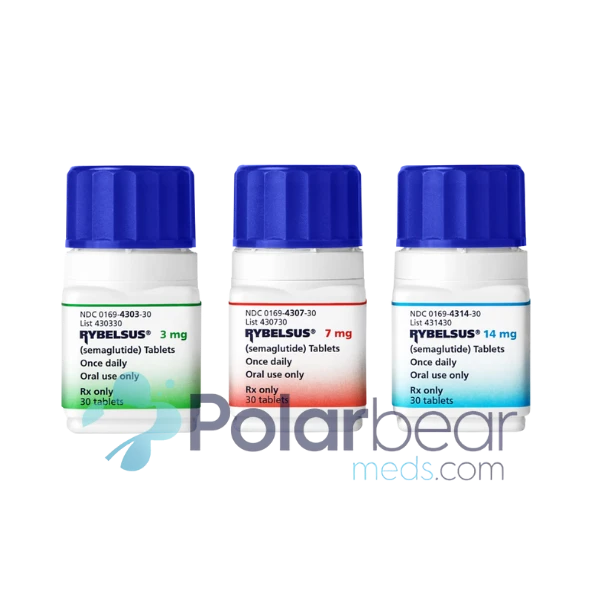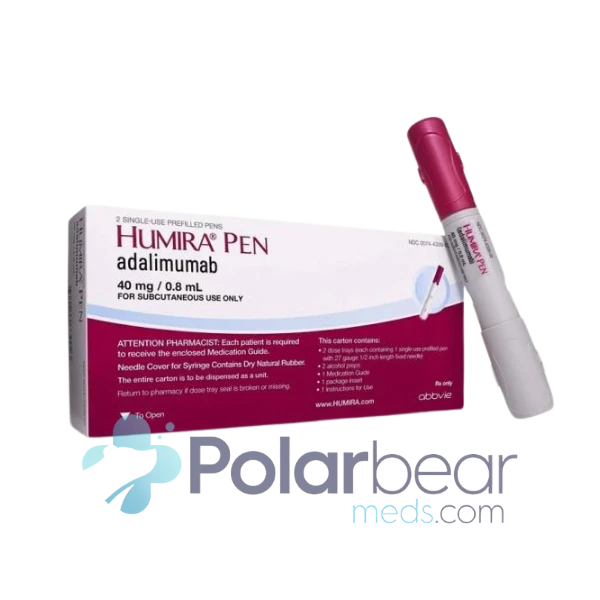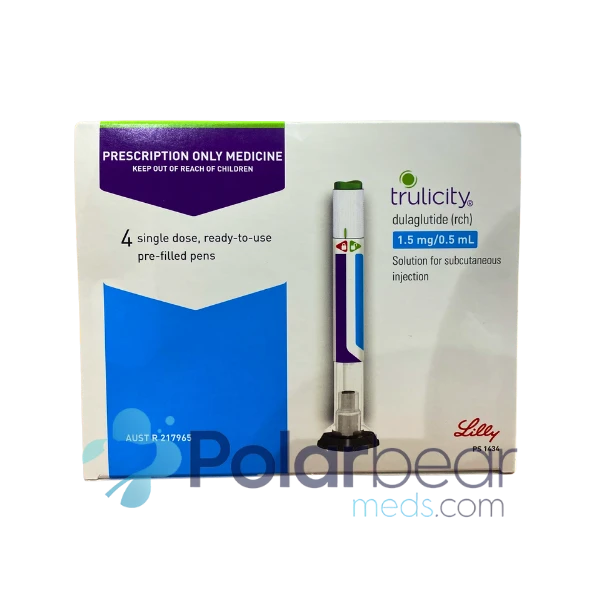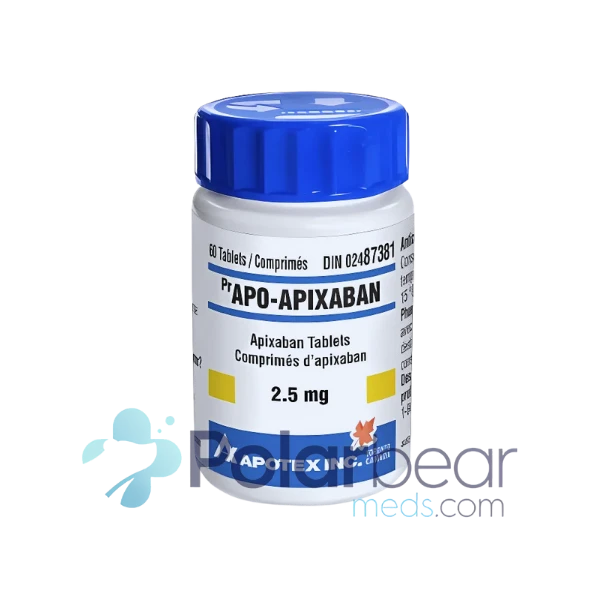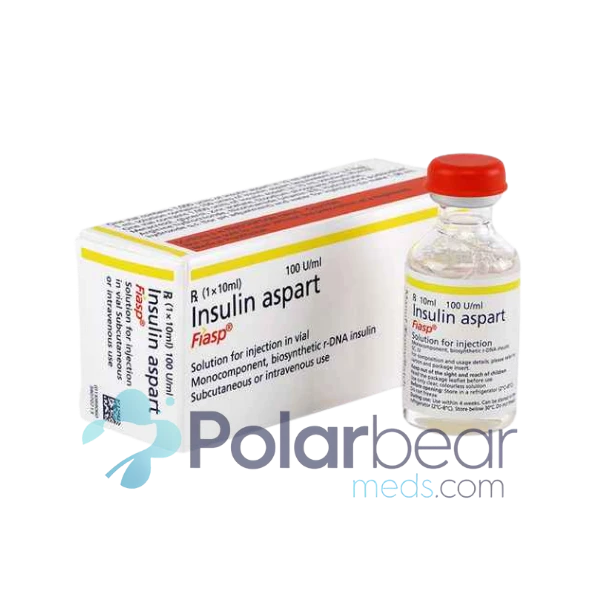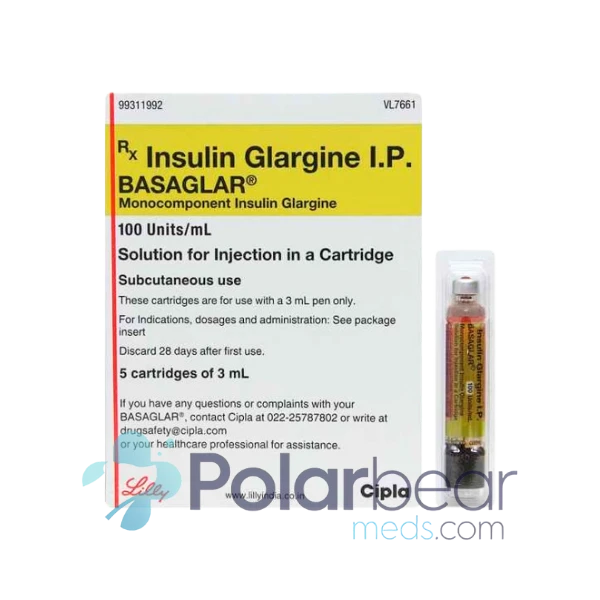
Blood Sugar Range Chart for Adults Aged 40: Normal Blood Sugar Levels
HOME | DIABETES EDUCATION | NORMAL BLOOD SUGAR LEVELS CHART BY AGE 40: MONITERING SUGAR RANGE
As individuals reach 40, monitoring blood sugar levels becomes crucial for health maintenance. The Normal Blood Sugar Levels Chart for this age group is pivotal for early detection and control of glucose irregularities, critical for averting prediabetes and type 2 diabetes risks.
This chart is indispensable as both a diagnostic instrument and a guide for informed health and lifestyle choices, significantly impacting long-term health outcomes.
Key Takeaways
- Regular glucose tracking is essential for individuals around age 40 to prevent prediabetes and manage diabetes effectively.
- Understanding normal blood sugar ranges (Fasting glucose 70-90 mg/dL, Postprandial glucose <140 mg/dL) is crucial for health assessment at age 40.
- Lifestyle modifications and consistent monitoring can help maintain blood sugar within a healthy range, reducing long-term health risks.
- Engaging with medical professionals for personalized blood sugar control strategies is important for individuals around age 40 to ensure optimal health.
Understanding Normal Blood Sugar Level Chart By Age 40
For adults near age 40, normal fasting glucose levels fall between 70-90 mg/dL. Postprandial glucose levels should not exceed 140 mg/dL.
Monitoring these figures is crucial for preventing prediabetes and diabetes. Healthcare professionals provide essential personalized advice, emphasizing the importance of regular glucose tracking and lifestyle modifications for optimal health management.
Importance of A1C Numbers; Low Blood Sugar, Type 2 Diabetes
A1C numbers, pivotal in managing type 2 diabetes and hypoglycemia, encapsulate average glucose levels over months, guiding treatment adjustments. Essential for evaluating long-term glucose regulation, these metrics are particularly crucial for those facing insulin resistance.
Hypoglycemia, characterized by symptoms such as tremors, confusion, and irritability, necessitates consistent glucose monitoring.
The A1C test, transcending daily glucose fluctuations, unveils trends vital for refining medications, dietary habits, or exercise routines. Rigorous adherence to a diabetes management regimen, informed by A1C values and systematic glucose checks, is paramount in averting diabetes-related complications like neuropathy, renal dysfunction, and cardiovascular diseases, underscoring the imperative of sustained glucose stability for health preservation.
Random Blood Sugar Testing Methods
Random blood sugar testing, a pivotal mechanism in diabetes oversight, entails assessing glucose concentrations irrespective of fasting or meal consumption periods. This approach yields an instantaneous glucose level panorama, facilitating an expeditious evaluation of an individual’s glycemic regulation at any moment. Distinct from fasting or postprandial glucose examinations, random blood sugar assays necessitate no antecedent dietary preparation or timing, rendering them a pragmatic alternative for continual glycemic surveillance.
Random Blood Sugar TestThis measures your blood sugar at the time you’re tested. You can take this test at any time and don’t need to fast (not eat) first. A blood sugar level of 200 mg/dL or higher indicates you have diabetes. *Results for gestational diabetes can differ.
The quintessential aim of random blood sugar analysis is to unearth variances in glucose quantities that may herald episodes of hyperglycemia or hypoglycemia. Hyperglycemia, delineated by glucose readings surpassing 200 mg/dL, could intimate unmitigated diabetes or a pressing requisition for recalibration in diabetes stewardship protocols. In contrast, a metric below 70 mg/dL indicates hypoglycemia, necessitating swift intervention to avert grave sequela.
For diabetes patients, periodic scrutiny via random blood sugar evaluations is paramount. It sanctions prompt modifications in pharmacological, nutritional, and behavioral regimens to uphold optimal glycemic governance. These examinations are integral to comprehensive diabetes management, assisting medical practitioners and patients in averting both acute and protracted complications tied to fluctuating glucose levels.
Age-Specific Blood Sugar Charts; Type 1 Diabetes
In the realm of Type 1 Diabetes, age-specific glycemia charts are crucial for individualized glycemic objective setting. These tools are vital for both sufferers and medical facilitators in crafting bespoke diabetes handling schemes. They delineate fasting glycemia benchmarks and post-prandial glucose thresholds, aiding those with Type 1 Diabetes in maintaining optimal glycemia levels.
Key elements of employing age-specific glycemia charts in Type 1 Diabetes management encompass:
- Optimal fasting glycemia levels are within 80-130 mg/dL.
- Post-prandial glucose should not exceed 180 mg/dL to avert hyperglycemia-related complications.
- Rigorous glycemia tracking is indispensable, using both conventional methods and continuous glucose monitoring apparatus for instantaneous data.
- Dialogue with medical professionals is pivotal for customizing glycemia targets, promoting an individualized diabetes care strategy.
- Modifications in lifestyle, nutrition, and pharmacotherapy are crucial for attaining and preserving desirable glycemia levels, highlighting the significance of an integrative management approach.
Fasting Vs. Non-Fasting Levels
Distinguishing fasting from non-fasting blood sugar levels is essential for accurate glycemic control assessment. Fasting blood sugar, measured post an overnight fast, serves as a baseline glucose indicator, crucial for diagnosing and monitoring diabetes. It reflects the body’s glucose regulation without recent food intake, providing insight into metabolic health.
Conversely, non-fasting blood sugar levels, recorded at various times during the day, capture glucose fluctuations due to diet, physical activity, and other variables. These measurements are critical for assessing immediate glucose control and understanding the effects of different foods and activities on blood sugar.
The relationship between fasting and non-fasting glucose levels highlights the dynamic nature of blood glucose management. Fasting levels typically are lower, showing the body’s state during fasting. Non-fasting levels offer a wider perspective on glucose control, demonstrating how lifestyle choices influence blood sugar. Together, they provide a comprehensive framework for managing and modifying daily habits for optimal health.
Unbalanced Blood Sugar Symptoms
Symptoms indicating dysregulated glycemia include augmented thirst, fatigue, polyuria (frequent urination), blurred vision, mood volatility, confusion, and cephalalgia (headaches).
These manifestations necessitate swift intervention to mitigate the risk of diabetes-related complications.
Strategies encompass lifestyle adjustments and clinical treatments to stabilize glycemic levels, thereby averting chronic health detriments.
Dangerous Blood Sugar Levels by Age 40 Plus
Understanding perilous glycemia in individuals aged 40-plus is crucial for averting grave health sequelae. Regular glycemia monitoring post-40 is vital to forestall diabetes and its accompanying perils. A normoglycemia chart aids in discerning when intervention is requisite.
| Condition | Glycemia (mg/dL) |
|---|---|
| Perilous Fasting Glycemia | Above 126 |
| Perilous Postprandial Glycemia | Above 200 |
| Diabetes Complication Hazard | Persistently Above 200 |
| Augmented Cardiovascular Peril | Elevated Glycemia |
| Hyperglycemia Sequelae | Variable |
Fasting and postprandial glycemia are pivotal health indices. For the over-40 demographic, fasting glycemia surpassing 126 mg/dL and post-ingestion glycemia exceeding 200 mg/dL are foreboding, signaling the urgency of prompt intercession. Neglected, these levels may precipitate diabetes-related complications, encompassing cardiovascular afflictions, neuropathy, and ophthalmic complications. Vigilant glycemia surveillance and management are indispensable for averting hyperglycemia sequelae and safeguarding overall health.
Managing High and Low Sugar
To effectively manage both hyperglycemia and hypoglycemia, a comprehensive strategy is essential, comprising dietary modifications, physical activity, and meticulous symptom observation. Ensuring optimal health and mitigating negative outcomes from uncontrolled glucose levels requires adherence to personalized management tactics, considering the evolving metabolic responses with advancing age.
Crucial elements for proficiently handling both elevated and reduced blood sugar levels entail:
- Implementing a low-carbohydrate regimen to curtail high blood sugar surges and normalize glucose readings, tailored to individual health specifications.
- Partaking in consistent physical exertion, which enhances insulin receptivity and supports the regulation of glucose concentrations.
- Diligent monitoring of hyperglycemia and hypoglycemia indicators to facilitate immediate lifestyle or therapeutic modifications.
- Seeking expert medical counsel for bespoke blood sugar control strategies.
- Acquiring knowledge on hyperglycemia and hypoglycemia symptoms to expedite interventions and avert severe health repercussions.
Blood Glucose Level in Pregnant Women
Monitoring blood glucose in pregnant women is crucial due to hormonal shifts and increased insulin resistance, leading to gestational diabetes. These changes affect blood sugar regulation, requiring close observation to ensure the health of both mother and child. Gestational diabetes, marked by high blood sugar during pregnancy, highlights the importance of diligent blood sugar monitoring.
Effective management relies on comprehending the balance between hormonal changes and insulin resistance, which complicates blood sugar control in pregnancy. Identifying and addressing high blood sugar complications is vital. Conditions like macrosomia and preterm birth, resulting from poorly managed blood sugar, underscore the need for consistent monitoring.
Morning Blood Sugar Insights
Grasping the intricacies of morning blood sugar levels is pivotal for deciphering an individual’s glucose regulation and metabolic health. The standard morning blood sugar range falls between 70-130 mg/dL upon awakening, influenced by various factors including the dawn phenomenon. This phenomenon, a result of hormonal fluctuations, elevates morning glucose levels in both diabetics and non-diabetics.
For optimal glucose management and to diminish the risk of complications, consider the following:
- Dawn Phenomenon: Recognizing this glucose surge can enhance morning sugar management.
- Monitoring Frequency: Consistent blood sugar tracking provides insight into glucose control efficacy.
- Lifestyle Modifications: Dietary adjustments and exercise significantly affect morning glucose and metabolic health.
- Medication Adjustments: Modifying glucose-lowering medication doses based on morning readings can improve control.
- Healthcare Professional Consultations: Collaborating with medical experts to interpret morning glucose readings aids in refining lifestyle or medication strategies.
These points highlight the necessity of tailored management plans for keeping glucose within the desired range, thereby boosting long-term health prospects.
Glucose and Non-Diabetic A1C
A1C levels serve as a significant gauge of glucose regulation over a trimester, typically oscillating between 4% and 5.6% in non-diabetic entities, emblematic of optimal glucose stewardship and diminished jeopardy of related maladies. These metrics are quintessential for surveilling and upholding prime glycemic governance, pivotal in averting prediabetes and minimizing peril like cardiac ailments and cerebral infarctions.
| A1C Level (%) | Interpretation |
|---|---|
| Below 5.7% | Normal, non-diabetic |
| 5.7% to 6.4% | Prediabetes, escalated risk |
| Above 6.4% | Diabetic, considerable health risks |
| 4% to 5.6% | Optimal regulation, lesser health risks |
Sustenance of A1C levels within the non-diabetic spectrum is crucial for diabetes prevention and its accompanying morbidities. Periodic assessment of these metrics provides a lens into the efficacy of glycemic management tactics, accentuating the significance of lifestyle reforms, dietary modifications, and kinetic endeavors in maintaining glucose equilibrium. Concentration on prophylaxis and precocious detection via A1C surveillance can substantially abate health perils and ameliorate life quality.
Frequently Asked Questions
What Is a Normal Blood Sugar Level for a 40-Year-Old?
For a 40-year-old, normal fasting glucose levels span 70-99 mg/dL, with postprandial readings not exceeding 140 mg/dL. Vigilance and medical advice are crucial in regulation.
What Is the Normal Range for a Glucometer?
A glucometer’s normal fasting blood glucose range is 70 to 99 mg/dL.
What Should Blood Sugar Levels Be Based on Age?
Blood glucose regulation varies with age. Adults aged 40 and above should aim for specific glucose ranges to avert health predicaments.
What Is My A1C if My Glucose Is 114?
A glucose reading of 114 mg/dL cannot be precisely converted to an A1C level without further data, as A1C encapsulates a 2-3 month blood sugar average. For an accurate assessment, seeking medical guidance is advisable.
Choose your platform, share this story!
Facebook Twitter LinkedIn Pinterest





